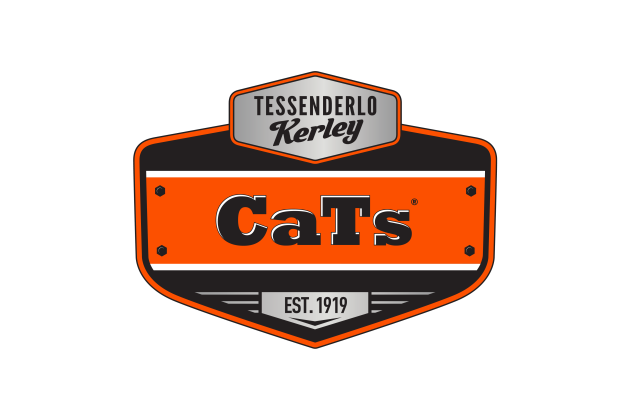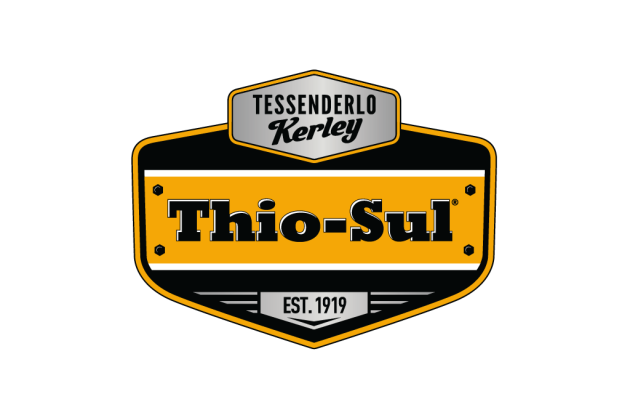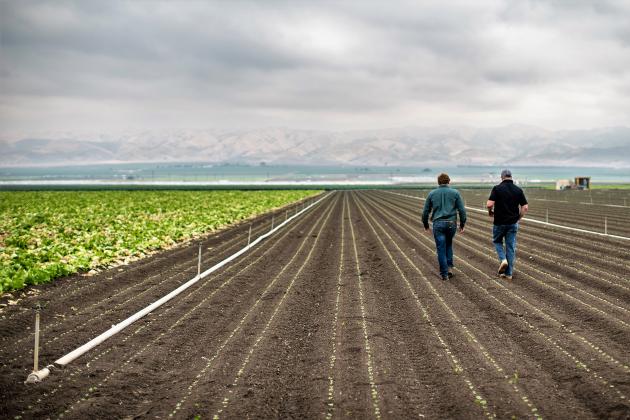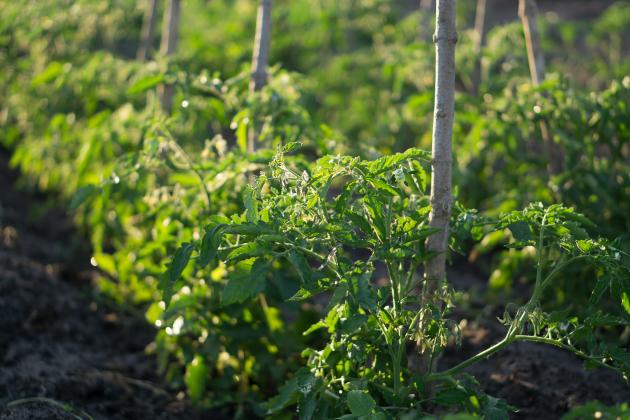
Tomatoes & Peppers
Tomatoes and Peppers are in the Solanaceae family (along with eggplants). These plants tend to be slow growing in the beginning (whether planted by seed or transplanted), but once established, they tend to grow rapidly and require a properly balanced nutrition program. To maximize yield and quality, it’s important to consider the growth stage of the crop and match the right rate and timing of each nutrient to the growth stage where they are in the most demand. While the exact nutrition needs differ between growing peppers or tomatoes, as well as differing varieties of each, the general guidelines are similar.
Often when growing these crops, the field is setup with a drip irrigation system. When this is the case, liquid fertilizers are an ideal source of plant nutrition. By injecting nutrients through the irrigation system, fertilizer applications can be applied directly to the rootzone. Additionally, nutrients can be delivered at the ideal timings based on nutrient needs throughout the growing season. In cases where the field is not irrigated through drip, liquid fertilizers can be delivered via side dress or top dress equipment.
Our fertilizer portfolio will successfully address your crop nutrition needs by providing immediately available nutrients to the plant. Here are some suggestions for using our fertilizers when growing tomatoes or peppers:
-

Nitrogen (N)
Applying nitrogen is essential to developing tomato and pepper crops. As the plant begins to grow nitrogen is key in supporting vegetative growth and canopy cover. However, research has shown that overapplying N can lead to a reduction in yield and quality, so it’s important to consider all N sources (including residual soil N and nitrogen in the irrigation water) and then follow local recommendations when developing a nitrogen fertilization program.
N-Sure is a liquid slow-release form of nitrogen. It can be applied both as a foliar and soil applied. As a foliar source of N, N-Sure can be applied at key vegetative growth stages. It is also a good tank-mix partner, and can be applied with many fungicides, insecticides and other fertilizers (always check compatibility before mixing and applying). When soil applied N-Sure should be blended with other sources of N, including UAN solution and urea solutions. This will provide some readily available nitrogen to the crop along with slow-release N in N-Sure.
-

Potassium (K)
Ensuring that adequate potassium is available to the developing crop is essential to optimizing yield and quality parameters. Potassium helps in the sizing of fruit, leading to more even ripening, and plays a role in mitigating several important physiological processes including water regulation and drought stress. Potassium uptake by the plant increases after fruit set all the way to fruit maturity. Providing soluble potassium during this time can help increase fruit size and quality.
KTS and K-Row 23 are excellent sources of potassium and sulfur. KTS provides both K and sulfur (S) in the thiosulfate form. Thiosulfate has been shown to help improve availability of nutrients like phosphorous and micronutrients like manganese, zinc, and iron. Thiosulfate can also help with lowering soil pH when the pH of the soil is higher than 7.0. K-Row 23 contains half the sulfur and can be applied at higher rates. K-Row 23 is good option in cases of low soil pH (less than pH 6.0) and when more potassium is required per application.
-

Calcium (Ca)
The importance of calcium application in tomato and pepper crop production is well established. Calcium is key to preventing blossom-end rot (a common physiological disorder, due in part to calcium deficiency). Calcium is also important increasing cell-wall strength and storability.
CaTs provides soluble calcium and sulfur to the developing crop. Timing CaTs applications to first bloom through early fruit set, ensures sufficient calcium levels in the forming fruit. In cases where water infiltration and salinity are issues, CaTs is also an effective soil amendment for managing these problems. Applications of CaTs in-season have been shown to improve the soil physical properties and improve water movement into the soil.
-

Sulfur (S)
Sulfur is an essential nutrient in crop production; serving many functions in the plant, including formation of amino acids and proteins, chlorophyl production and activating certain plant enzymes important to physiological functions. When sulfur is deficient, yields will often suffer.
When tissue samples indicate a sulfur deficiency, KTS, CaTs, and K-Row 23 can all be used to provide readily available sulfur for the crop, however, Thio-Sul is an especially good option. Oftentimes, it is best to apply sulfur with nitrogen, since both N and S work together in the plant. Thio-Sul can be blended with most liquid forms of N to provide adequate sulfur, while keeping the N analysis of the blend high.
-
-

Additional Learning
Check out our library of content geared towards teaching the best crop nutrition practices to growers around the world.
-

Get Local Support
If you're looking for further insights on how Crop Vitality products can help you achieve your yield goals, reach out and a Crop Vitality Specialist will get back to you as soon as possible!
Ask Questions
